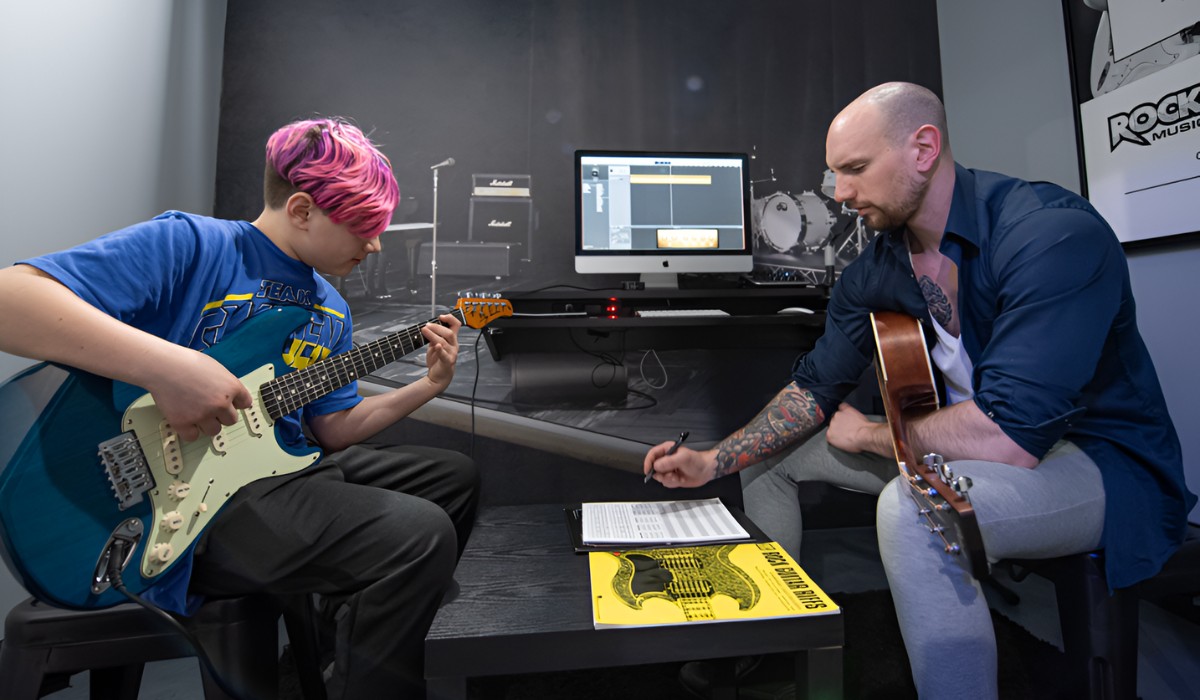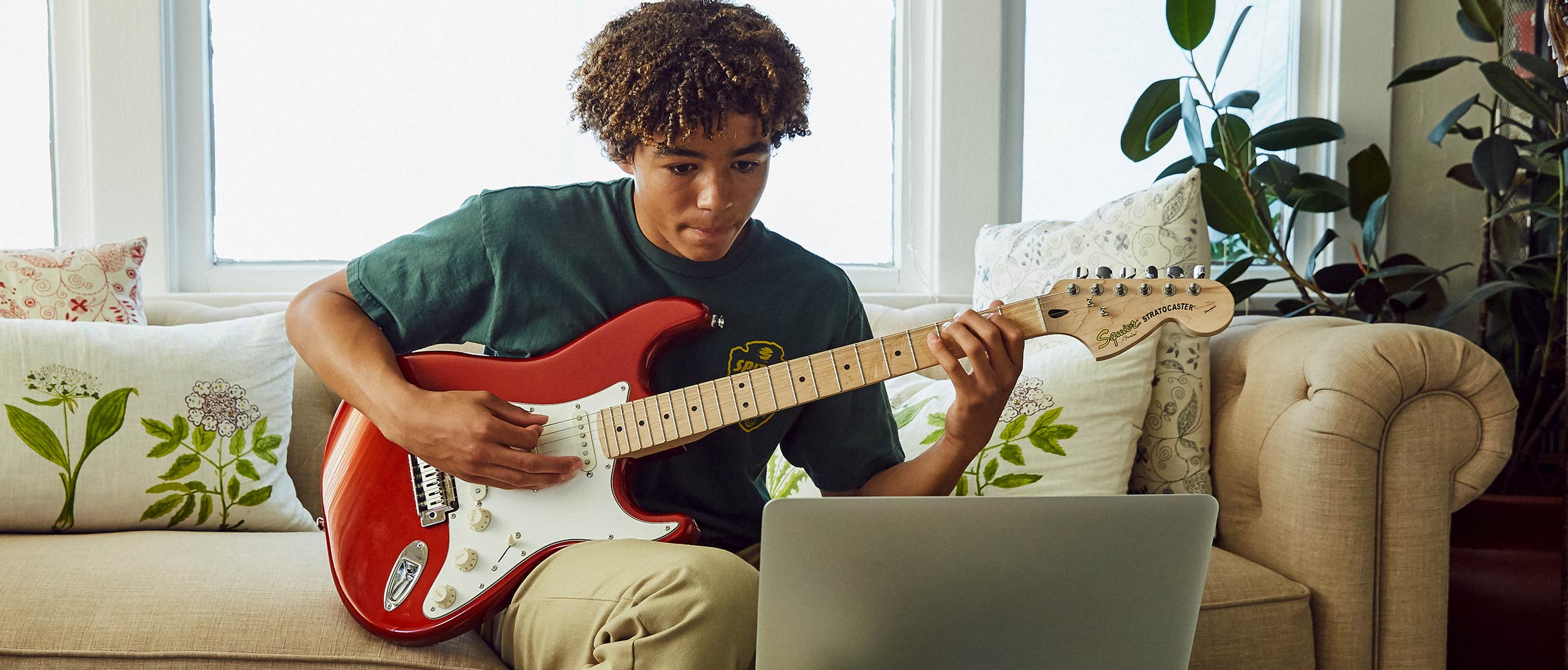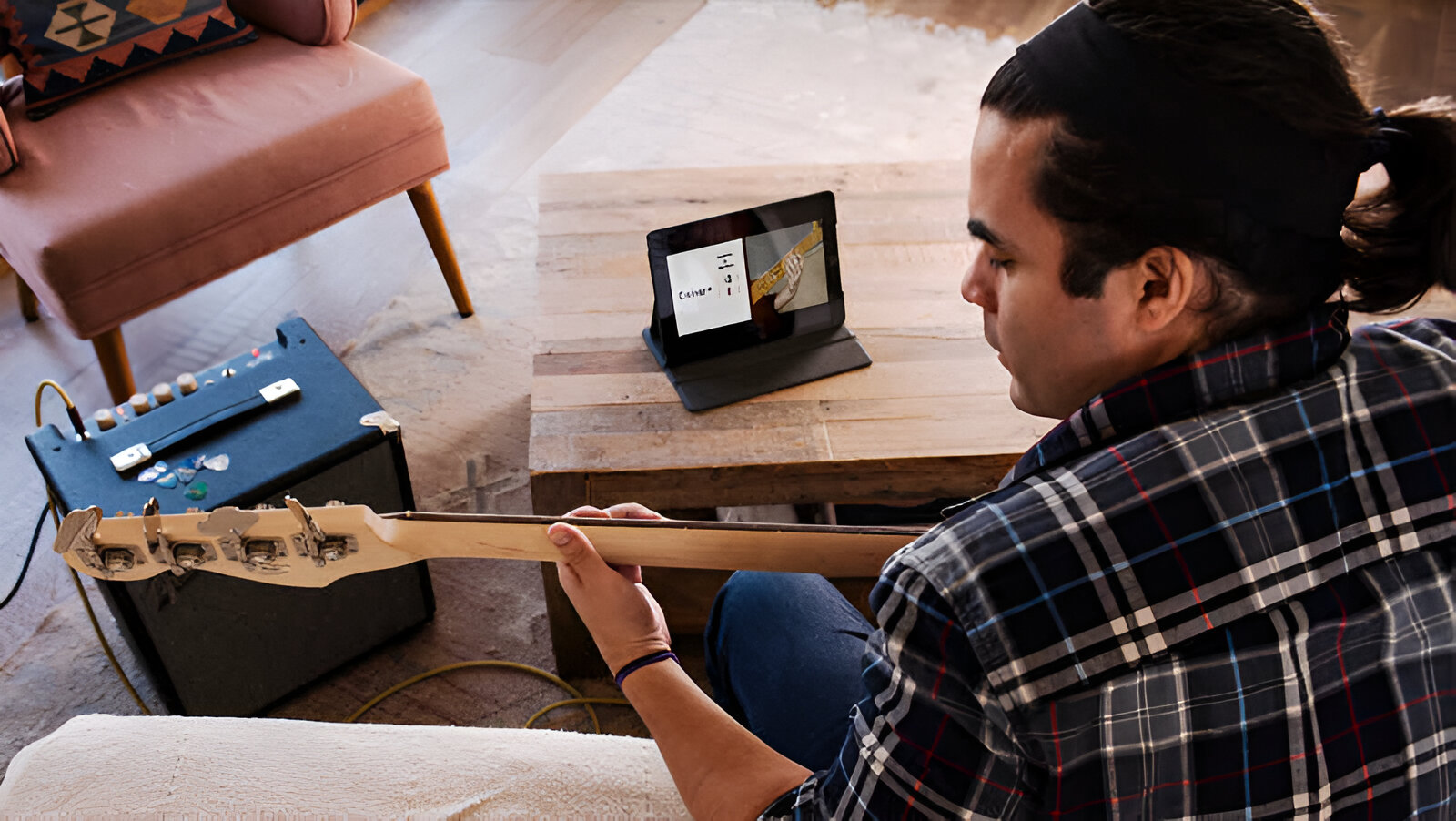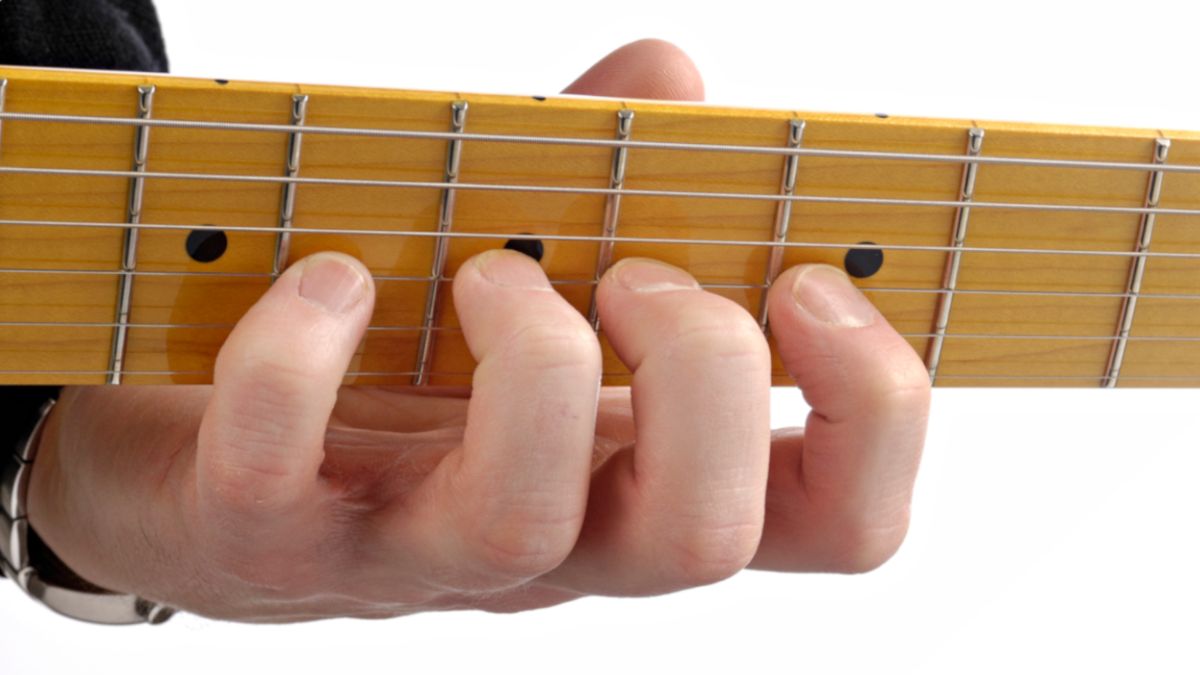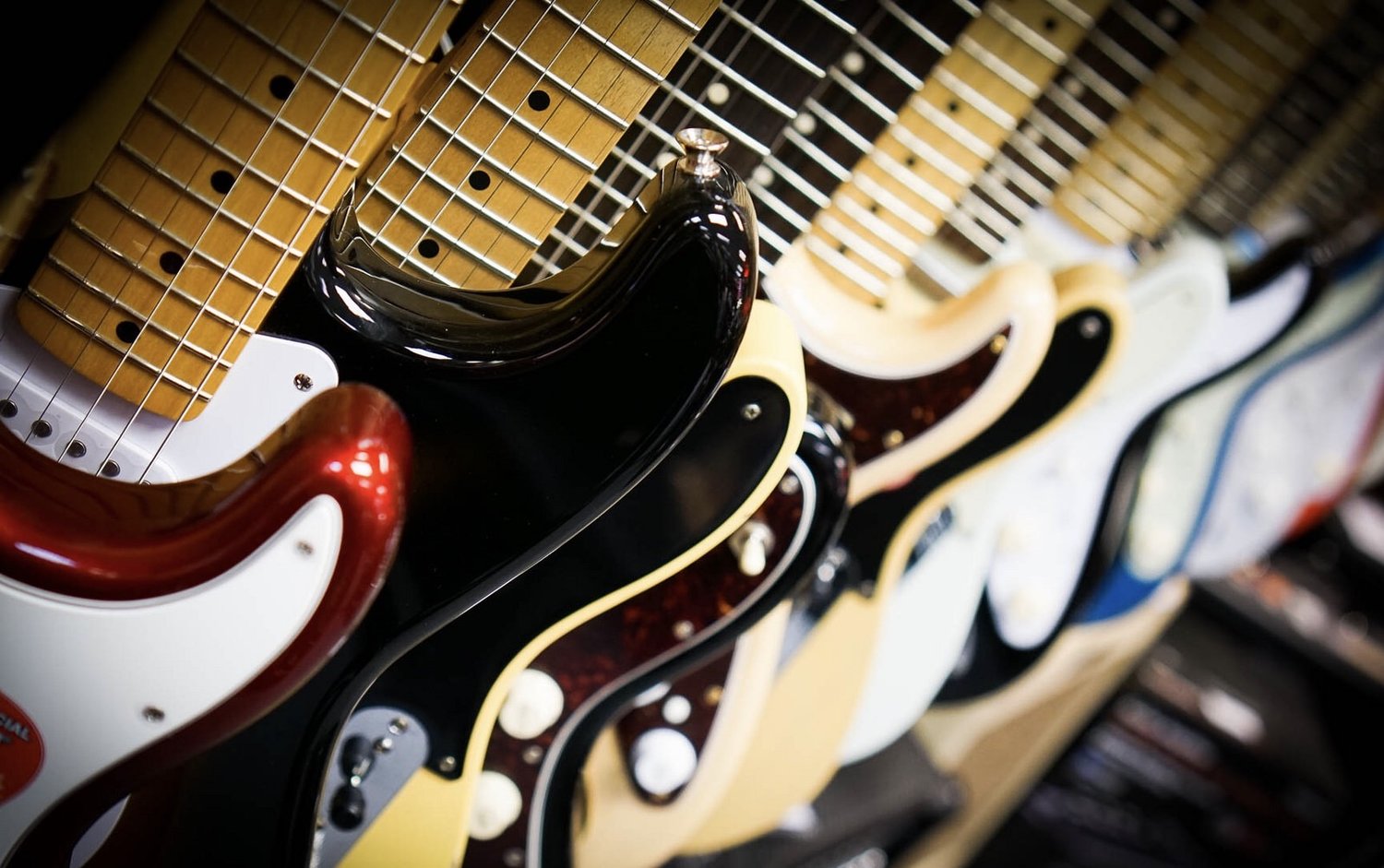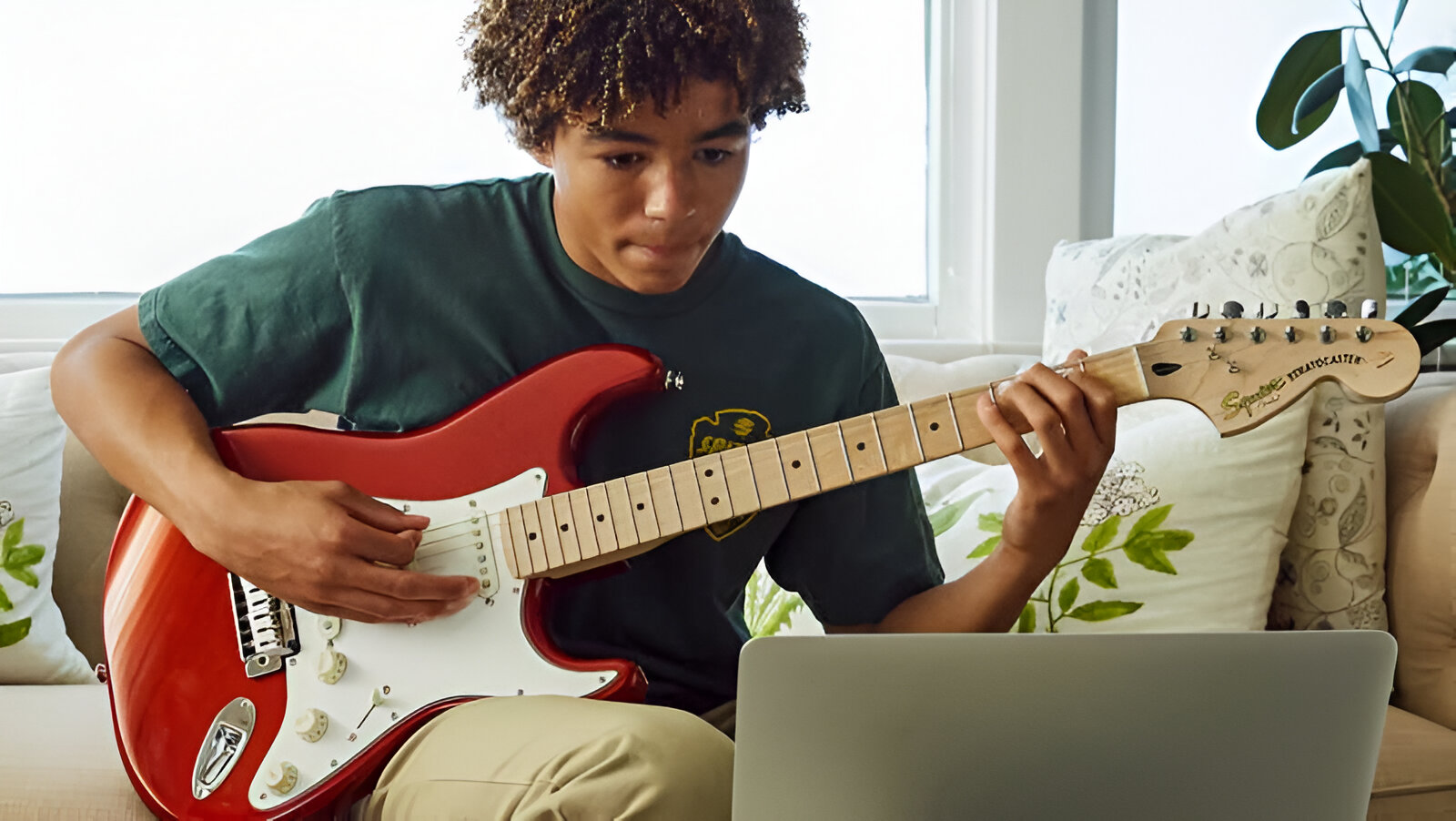Choosing the Right Electric Guitar
Choosing the Right Electric Guitar
So, you've decided to embark on the thrilling journey of learning to play the electric guitar. The first and most crucial step is selecting the right instrument. With a myriad of options available, it's essential to consider several factors to ensure that you choose a guitar that resonates with your style, budget, and aspirations.
-
Define Your Budget: Before delving into the world of electric guitars, it's important to establish a budget that aligns with your financial resources. Electric guitars come in a wide price range, from budget-friendly options suitable for beginners to high-end models crafted for seasoned players. By determining your budget, you can narrow down your choices and focus on guitars that offer the best value within your financial constraints.
-
Identify Your Musical Preferences: Consider the genre or style of music that you aspire to play. Different electric guitars are tailored to various musical genres, such as rock, blues, jazz, metal, and more. For instance, if you're inclined towards heavier genres like metal, a guitar with humbucking pickups might be more suitable, while single-coil pickups are often favored for genres like blues and rock.
-
Explore Guitar Body Styles: Electric guitars come in diverse body styles, each offering distinct tonal qualities and ergonomic features. The classic solid-body design offers versatility and is well-suited for various genres. On the other hand, semi-hollow and hollow-body guitars are revered for their warm, resonant tones, making them ideal for jazz, blues, and classic rock.
-
Consider Neck Profile and Scale Length: The neck profile and scale length significantly influence playability and comfort. Experiment with guitars featuring different neck shapes, such as C-shaped, V-shaped, or modern slim profiles, to determine which feels most natural in your hands. Additionally, varying scale lengths can affect string tension and fret spacing, impacting the overall feel of the instrument.
-
Test Multiple Guitars: Visiting a local music store and physically testing out different electric guitars is invaluable. Pay attention to how each guitar feels in your hands, assess the weight and balance, and strum a few chords to gauge the tonal characteristics. This hands-on approach allows you to experience firsthand the unique attributes of each instrument and make an informed decision.
By carefully considering these factors, you can confidently select an electric guitar that complements your playing style, musical preferences, and budget, laying a solid foundation for your musical journey.
Understanding the Basics of Electric Guitar
Before delving into the world of intricate guitar techniques, it’s essential to grasp the fundamental components and terminology associated with the electric guitar. Acquiring a foundational understanding of these elements sets the stage for a fulfilling learning experience and empowers you to communicate effectively within the guitar community.
Anatomy of an Electric Guitar
The electric guitar comprises several key components, including the body, neck, fretboard, pickups, bridge, and tuning pegs. Familiarizing yourself with these parts and their functions enhances your ability to maintain and customize your instrument as you progress on your musical journey.
Basic Guitar Notation and Tablature
Learning to read guitar notation and tablature is akin to acquiring a new language. Standard notation provides a universal method for communicating musical ideas, while tablature offers a simplified visual representation of where to place your fingers on the fretboard. Mastering both forms of notation equips you with the tools to interpret and play a wide array of musical compositions.
Understanding Amplification and Effects
Electric guitars rely on amplifiers to produce sound, and understanding the basics of amplification, including gain, equalization, and effects, is integral to shaping your desired tone. Whether you prefer the raw power of overdriven distortion or the ethereal ambiance of reverb, delving into the realm of guitar amplification opens up a world of sonic possibilities.
Exploring Different Playing Styles
From fingerstyle to pick-based techniques, the electric guitar accommodates a diverse range of playing styles. Understanding the nuances of each approach empowers you to express yourself creatively and adapt your playing to various musical genres and contexts.
Embracing Music Theory
While not a prerequisite, delving into music theory can greatly enrich your understanding of the instrument. Concepts such as scales, chords, and intervals provide a theoretical framework that enhances your ability to compose, improvise, and communicate with fellow musicians.
By immersing yourself in the foundational aspects of the electric guitar, you lay a solid groundwork for your musical journey, fostering a deeper appreciation for the instrument and its boundless potential.
Learning Guitar Techniques
Mastering the electric guitar involves honing a diverse set of techniques that empower you to express your musical ideas with precision and artistry. Whether you aspire to unleash scorching solos, craft emotive melodies, or lay down infectious rhythms, developing a repertoire of essential techniques is paramount to realizing your creative vision.
Foundational Techniques
Begin by acquainting yourself with foundational techniques such as fretting notes, picking, and strumming. Cultivating proper hand positioning and coordination forms the bedrock of your technical proficiency and sets the stage for more advanced maneuvers.
Exploring Lead and Rhythm Playing
Electric guitarists often navigate between lead and rhythm playing, each demanding a distinct skill set. While lead playing emphasizes melodic expression and improvisation, rhythm playing centers on providing a solid harmonic foundation and dynamic accompaniment. Balancing these facets allows you to navigate diverse musical contexts with finesse.
Embracing Articulation and Expression
Articulation techniques, including bends, slides, hammer-ons, and pull-offs, infuse your playing with nuance and expressiveness. These embellishments imbue your melodies and solos with personality, enabling you to convey emotion and musicality through your phrasing.
Understanding Scales and Modes
Delving into scales and modes equips you with a melodic vocabulary that transcends stylistic boundaries. Whether navigating the bluesy fervor of the pentatonic scale or the exotic allure of modal playing, understanding these constructs enriches your improvisational prowess and compositional fluency.
Developing Fingerstyle and Hybrid Picking
Exploring fingerstyle and hybrid picking techniques unlocks a world of textural and tonal possibilities. By integrating your fingers into your picking arsenal, you expand your sonic palette and imbue your playing with a multifaceted richness.
By immersing yourself in these foundational techniques and embracing the multifaceted nature of electric guitar playing, you pave the way for a dynamic and expressive musical journey, marked by continual growth and creative exploration.
Practicing and Building Skills
Embarking on a journey to master the electric guitar demands dedication, perseverance, and a strategic approach to practice. By cultivating effective practice habits and systematically building your skills, you can accelerate your progress and unlock your full potential as a guitarist.
Structured Practice Regimen
Establishing a structured practice regimen is pivotal to your growth as a guitarist. Allocate dedicated time slots for technical exercises, repertoire development, and creative exploration. By delineating specific objectives for each practice session, you can methodically address areas of improvement and chart measurable progress.
Focus on Technique and Precision
Devote ample time to refining fundamental techniques, such as fretting accuracy, picking articulation, and rhythmic precision. Gradually increase the complexity of exercises to challenge your dexterity and control, fostering a solid technical foundation that underpins your musical fluency.
Ear Training and Musicality
Engage in ear training exercises to sharpen your ability to recognize melodies, chords, and intervals by ear. Cultivating a discerning ear enhances your musicality, enabling you to internalize musical concepts and translate them seamlessly to your instrument.
Repertoire Development
Building a diverse repertoire is instrumental in broadening your musical horizons and integrating newly acquired skills into tangible musical expressions. Select pieces spanning various genres and styles, challenging yourself with both familiar favorites and uncharted musical terrain.
Collaborative and Creative Exploration
Embrace collaborative opportunities to jam with fellow musicians, whether in person or through virtual platforms. Engaging in musical dialogue with others fosters adaptability, ensemble awareness, and the exchange of creative ideas, enriching your musical journey.
Seeking Guidance and Feedback
Remain open to seeking guidance from experienced mentors or instructors, leveraging their expertise to refine your technique, troubleshoot challenges, and gain valuable insights. Additionally, actively seek constructive feedback from peers and audiences to glean diverse perspectives and refine your artistic voice.
Cultivating a disciplined and holistic approach to practice empowers you to continually expand your musical prowess, nurture your creativity, and embark on a fulfilling journey of growth and self-discovery as an electric guitarist.
Using Resources and Tools for Learning
Access to diverse learning resources and tools enriches your journey as an electric guitarist, providing avenues for inspiration, education, and skill refinement. By leveraging these resources effectively, you can cultivate a well-rounded musical education and propel your growth as a proficient and expressive musician.
Online Learning Platforms
Explore reputable online platforms offering structured guitar courses, tutorials, and instructional videos. These resources cater to various skill levels and musical interests, providing comprehensive guidance on techniques, theory, and repertoire, all within the convenience of your preferred learning environment.
Interactive Learning Apps
Engage with interactive learning apps that offer gamified practice routines, real-time feedback, and personalized lesson plans. These apps harness technology to make learning engaging and accessible, catering to diverse learning styles and fostering consistent progress.
Transcription and Analysis Tools
Utilize transcription software and analysis tools to dissect and study musical compositions, solos, and arrangements. By delving into the nuances of renowned recordings, you gain valuable insights into stylistic nuances, phrasing techniques, and musical structures, enhancing your interpretive skills and creative acumen.
Community and Forums
Participate in online communities and forums dedicated to guitarists, where you can seek advice, share experiences, and collaborate with fellow enthusiasts. Engaging in discussions, seeking feedback, and exchanging musical ideas fosters a sense of camaraderie and provides a platform for continuous learning and growth.
Instructional Literature and Publications
Explore a wealth of instructional books, magazines, and digital publications that offer in-depth insights into guitar technique, music theory, and historical perspectives. Delving into written resources provides a scholarly approach to learning, complementing practical instruction with theoretical knowledge.
Backing Tracks and Play-Alongs
Immerse yourself in backing tracks and play-along resources across various genres, allowing you to practice improvisation, rhythm playing, and soloing in a dynamic and supportive musical context. These resources cultivate your ability to interact with accompaniment and develop a keen sense of musical phrasing and dynamics.
By integrating these diverse resources and tools into your learning journey, you foster a multifaceted approach to musical development, harnessing the wealth of knowledge and inspiration available to propel your growth as a versatile and expressive electric guitarist.







